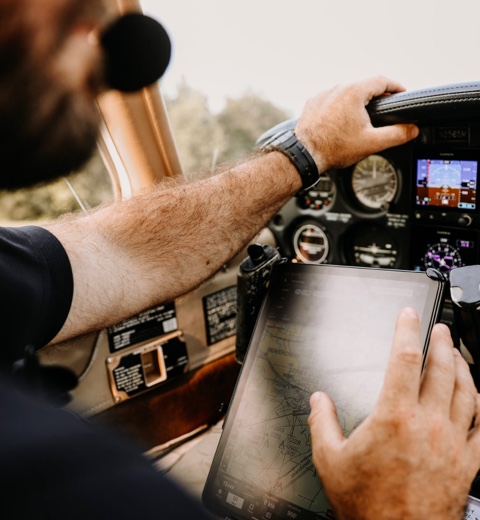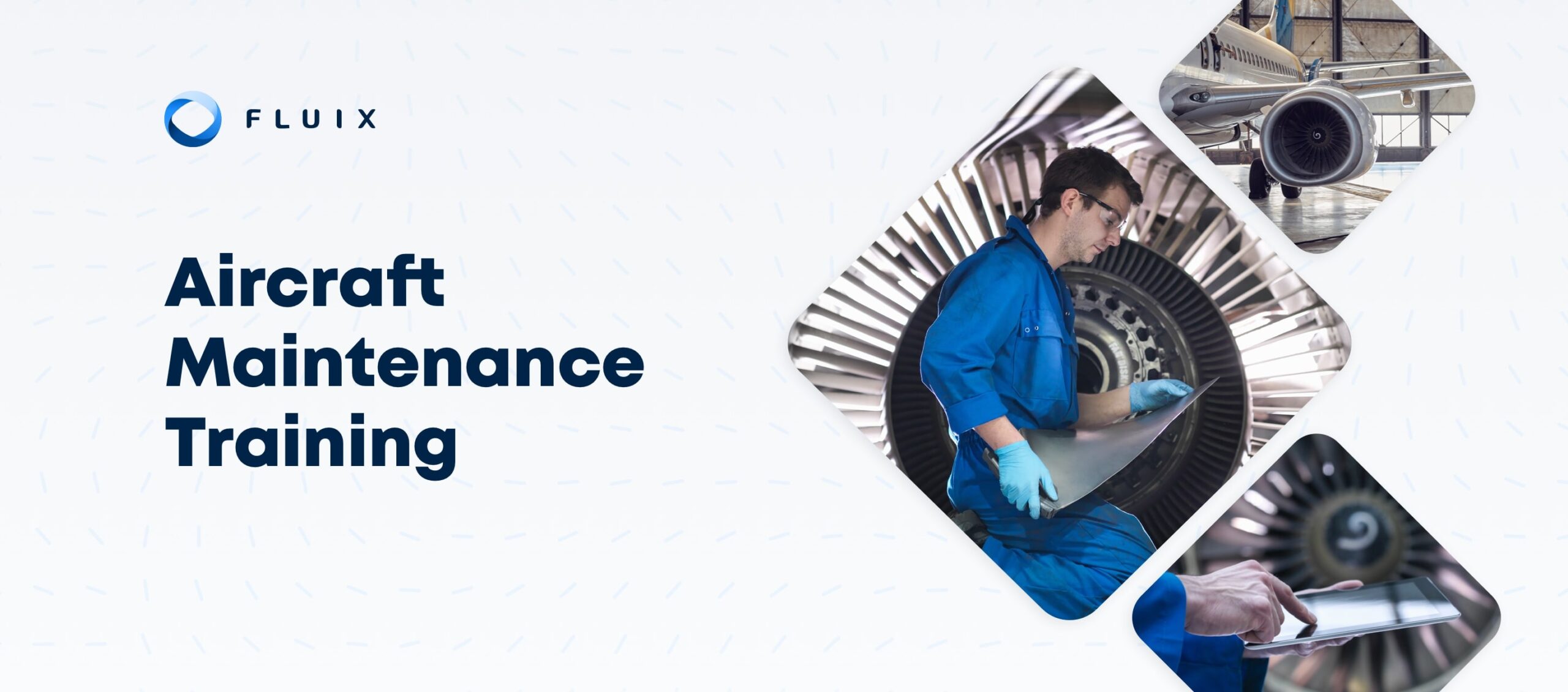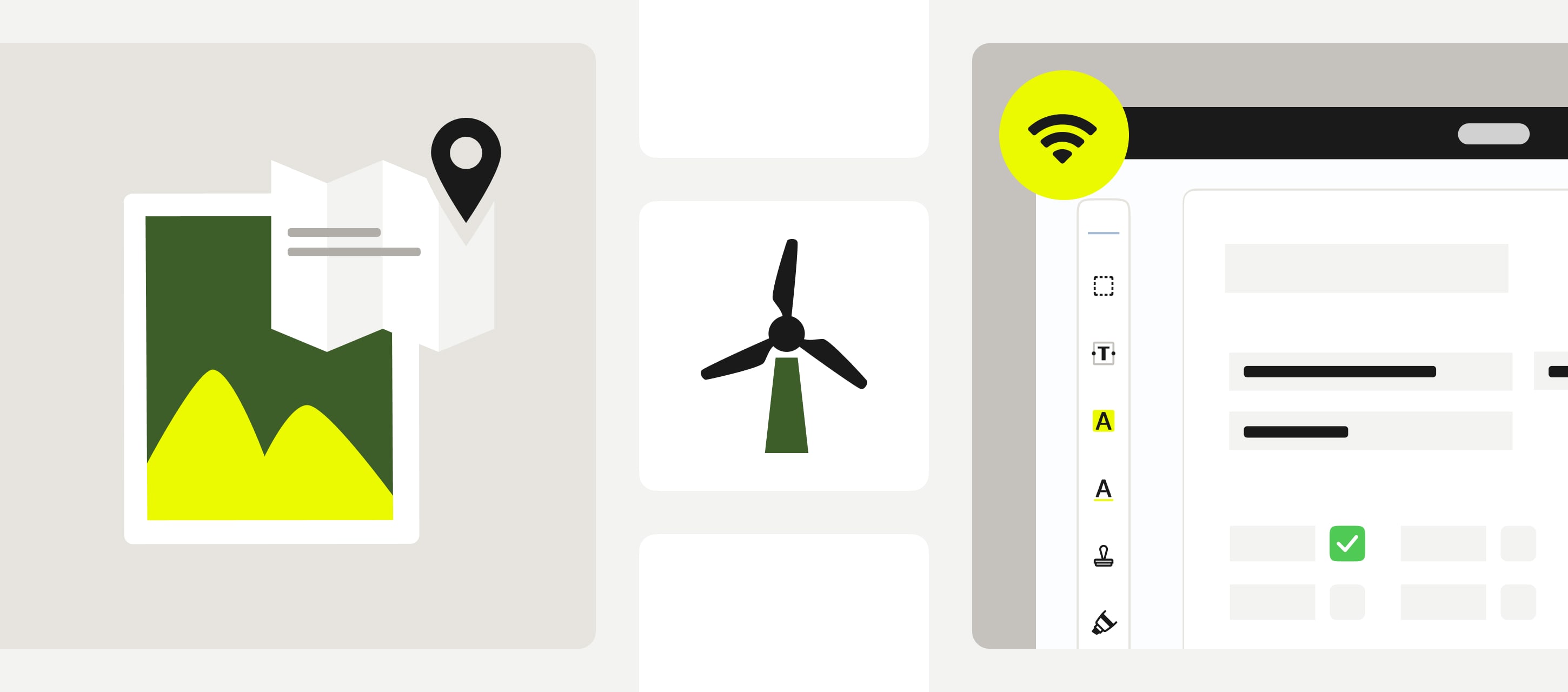Global demand for aircraft maintenance technicians is growing. According to the recent Pilot and Technician Outlook 2021-2040 published by Boeing, the markets with the highest demand for these skilled professionals are North America, China, the Asia-Pacific region, and Europe. Enterprises that employ aircraft maintenance technicians and mechanics should implement next-generation training programs to keep pace with the rising demand for skilled workers.
Aircraft Maintenance Industry Employment Trends
Trends indicate that the aircraft maintenance sector is growing rapidly. The Bureau of Labor Statistics in the United States projects that demand for aircraft and avionics equipment mechanics and technicians will grow by 11% and add 17,400 jobs in the U.S. by 2030.
According to the BLS, there were currently 151,300 aircraft and avionics equipment mechanic and technician positions in the U.S. as of 2020. The current Boeing Pilot and Technician Outlook indicates new personnel demand for 626,000 technicians around the world.
The market for airframe and powerplant mechanics is projected to grow at the same time that a significant percentage of the existing workforce is nearing retirement. According to the 2021 Pipeline Report published by the Aviation Technician Education Council, the average FAA mechanic is 53 years old, and 36% of mechanics are age 60 or above.
Training is necessary to attract new mechanics and technicians to available aircraft maintenance positions. Aviation enterprises that make training as informative and inviting as possible can encourage program completion and raise job retention rates. A related trend of historically low levels of aircraft inventory means aircraft that previously did two or three flights per day now do as many as eight to 10 flights in the same time period, further increasing the need for in-service maintenance.
What Training Management Software Can Offer to Aviation
- Digital manuals accessed from anywhere
- Checklists to assess results
- Automated scoring


What Does Aircraft Technician Training Involve
Five courses are required for Federal Aviation Administration Airframe and/or Powerplant certificates. The required courses offered at Aircraft Maintenance Technician Schools are as follows:
- General: The General course covers a broad range of topics from avionics and aircraft drawing to mathematics, physics, inspection concepts and techniques. This course prepares trainees to take the Aviation Mechanic Technician-General or AMG test.
- Airframe I and II: Airframe courses cover material structures, flight controls and advanced systems. Trainees take this course to prepare for the Aviation Mechanic Technician-Airframe or AMA test.
- Powerplant I and II: Powerplant courses cover engine systems, propellers and turbines in preparation for the Aviation Mechanic Technician-Powerplant or AMP test.
Aspiring aircraft maintenance technicians must also gain experience by working under the supervision of a mechanic license with the FAA for 18 months at an FAA Repair Station to obtain either a Powerplant or Airframe certificate or a total of 30 months for both certificates. The armed forces also provide training that authorizes service members to take FAA AMT knowledge tests. As the airline industry is highly regulated, international requirements for aircraft maintenance technician training can be comparable to requirements in the U.S.
An AMT who completes training must obtain a test authorization from an aviation safety inspector at a Flight Standards District Office or be authorized to test through an FAA-approved Part 147 AMT school. Each AMT must pass a practical test, an oral exam, and a computerized knowledge test. The practical and oral tests cover over 50 technical subjects and can take up to 16 hours to complete.
Training Can Prevent Problems in Aviation Maintenance
On-the-job training picks up where education ends and enables AMTs and other aviation maintenance professionals to develop specialized skills. Further specialized training can be necessary for an AMT to maintain an airfleet or industry-specific equipment.
Training programs sharpen the skills of AMTs and avionics equipment specialists. The necessity of training a sufficient number of professionals to meet the need for aircraft maintenance while complying with regulatory requirements is the main challenge for aviation companies.
The Next Generation of Aircraft Maintenance Training
Workflow software and advances in visualization technologies, such as augmented reality, are already changing the way that aviation enterprises train AMTs, technicians and other maintenance professionals. Here are several ways workflow management software like Fluix can support the training of aviation mechanics and technicians:
- Custom workflows for training processes: Set up and customize process-oriented training workflows to meet the requirements for any industry or standards set by any enterprise.
- Automated scoring of training exercises: Allowing automated scoring of training exercises provided in preparation for aircraft maintenance technician examinations or testing for certifications provides trainees with instant feedback while lightening training instructor workloads.
- Managed access to documents: Fluix enables administrators to provide trainees with access to relevant documents and provides permissions controls.
- Mobile access to training materials: The majority of the next generation of aircraft maintenance technicians and mechanics are accustomed to using smartphones and are more likely to refer to materials in a mobile app.
- Participation data and signatures: Training managers can track session attendance and obtain confirmation of materials covered during training sessions with data tracking and electronic signature submission functionality.
All of these features make Fluix an ideal airline document management software for training in the aviation and airline industry. In addition to training, this application also offers robust functionality for managing workflows associated with aircraft maintenance.
Automated and Hybrid Aircraft Maintenance Workflows
Code-free automation functionality is one of the main features of Fluix that is advantageous in occupational and training applications. Instructors can automate approval procedures for training coursework, and an automated scoring feature allows trainers to focus primarily on instructing trainees.
The workflows of an aviation enterprise can also benefit from the automation support of this platform. Taking a hybrid approach to maintenance work can allow AMTs to monitor automated portions of workflows and make fine adjustments as necessary.
While trainees may not need to see behind the scenes, familiarizing new hires with the primary systems in use at an enterprise during training can be beneficial as their careers take off. When implemented as a workflow solution for the aviation industry, Fluix is scalable and offers features such as in-app access to training and reference materials in addition to other relevant documentation such as checklists for aviation and avionics maintenance processes.
The Right Training and Workflow Solution
Fluix is an effective application for use in training A&P mechanics and avionics technicians. Aviation companies can use the same platform to streamline training, onboarding and workflows. Training conducted with Fluix can impart necessary skills and optimize the productivity of aviation enterprises.







